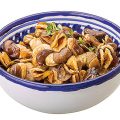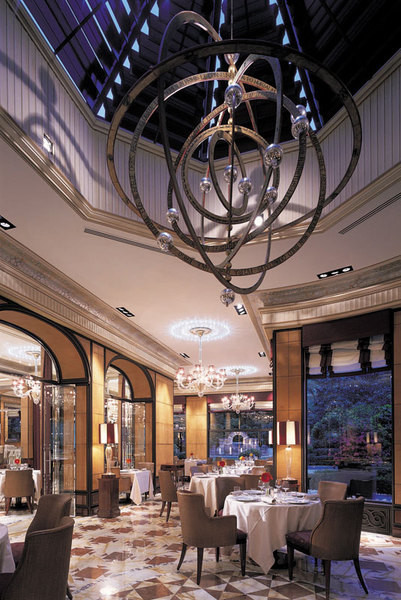 Gastronomic tourismIdea go for thousandskilometers to eat well, only at first glance it seems insane. There is no way to learn more about the country and its inhabitants than at the table. On the streets you will see only the windows of real life, in museums - you will learn about the glorious past, but the present will remain hidden behind a glossy tourist card. Understand how the country is arranged from the inside, you can only look at her kitchen. This tour is not massive. It is prepared according to an individual recipe, selecting ingredients to the taste of the client. It will cost more than a standard jog on historical sites. But after all, dinner at a gastronomic restaurant will cost more than a slice of pizza in the square near the Roman Pantheon, isn't it? There are many interesting culinary points on the map of Europe, but the most appetizing directions for gastronomic tourism are France, Italy and Spain. There is the most diverse and colorful cuisine that allows you to build many routes that go through the regions known for their unique drinks and delicacies. And you can be sure: seemingly trampled along and across the country will open up to you from a new, unexplored perspective - you just have to turn from a banal tourist trail to narrow paths leading to completely different sights. France. I have not eaten for six days.
Gastronomic tourismIdea go for thousandskilometers to eat well, only at first glance it seems insane. There is no way to learn more about the country and its inhabitants than at the table. On the streets you will see only the windows of real life, in museums - you will learn about the glorious past, but the present will remain hidden behind a glossy tourist card. Understand how the country is arranged from the inside, you can only look at her kitchen. This tour is not massive. It is prepared according to an individual recipe, selecting ingredients to the taste of the client. It will cost more than a standard jog on historical sites. But after all, dinner at a gastronomic restaurant will cost more than a slice of pizza in the square near the Roman Pantheon, isn't it? There are many interesting culinary points on the map of Europe, but the most appetizing directions for gastronomic tourism are France, Italy and Spain. There is the most diverse and colorful cuisine that allows you to build many routes that go through the regions known for their unique drinks and delicacies. And you can be sure: seemingly trampled along and across the country will open up to you from a new, unexplored perspective - you just have to turn from a banal tourist trail to narrow paths leading to completely different sights. France. I have not eaten for six days.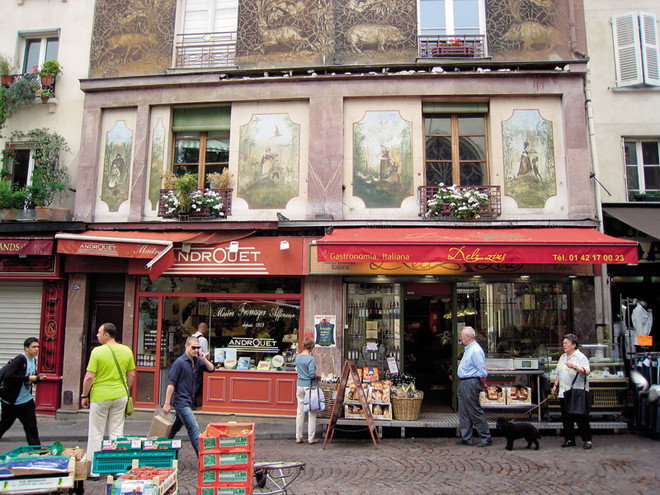 AgrotourismHow exactly will it look againThe France you discover depends on the degree to which you prefer to perceive reality. When planning your route, first of all, you need to think about what you will drink. Those who prefer fine wines should go to Burgundy, Bordeaux or Anjou to study in detail the vineyards of Beaune, Côte de Nuits, Arbois, Medoc, Pauillac and Graves. Those who prefer champagne to all the treasures of the world should, of course, head straight to Champagne, the birthplace of Moet & Chandon, Mumm and Krug. Connoisseurs of ale should head to Alsace, to the “Alsatian Wine Route”, which crosses the entire province from Colmars to Kinichheim and, despite the name, implies stops in all possible pubs. If you like stronger drinks and shorter words, your destination will be the city of Cognac in Charente or the Armagnac plateau in Gascony. The aromas of alpine herbs will make your head spin – bitter genepi and green, like an ecologist’s dream, chartreuse liqueur will be waiting in the Savoy Alps. And after calvados – the road to Normandy, salted by the Atlantic winds. Once the route vector is determined, the range of snacks will be determined automatically. In Burgundy – grape snails and “cock in wine”, in Bordeaux – foie gras and pie with “drunken” pears, in Provence – salted cod and bouillabaisse, in Champagne – Ardennes ham and fried pork legs, in Alsace – choucroute and smoked ham, in Savoy – fondue and Grenoble chocolate, in Brittany – oysters and fresh fish, in Normandy – Camembert and duck à la Rouen. France is restaurants. In the country where haute cuisine was invented, their number exceeds all reasonable limits. Stars, chef's hats, crossed forks and spoons and other icons, indicating noteworthy establishments in various authoritative guides, dot the map of France so densely that there is not enough strength, time or checkbook to study them all. Pay the closest attention to the restaurants of "terroir", that is, local cuisine - they often make a greater impression than the most exquisite establishments of haute cuisine. 5 Main Chefs of Europe
AgrotourismHow exactly will it look againThe France you discover depends on the degree to which you prefer to perceive reality. When planning your route, first of all, you need to think about what you will drink. Those who prefer fine wines should go to Burgundy, Bordeaux or Anjou to study in detail the vineyards of Beaune, Côte de Nuits, Arbois, Medoc, Pauillac and Graves. Those who prefer champagne to all the treasures of the world should, of course, head straight to Champagne, the birthplace of Moet & Chandon, Mumm and Krug. Connoisseurs of ale should head to Alsace, to the “Alsatian Wine Route”, which crosses the entire province from Colmars to Kinichheim and, despite the name, implies stops in all possible pubs. If you like stronger drinks and shorter words, your destination will be the city of Cognac in Charente or the Armagnac plateau in Gascony. The aromas of alpine herbs will make your head spin – bitter genepi and green, like an ecologist’s dream, chartreuse liqueur will be waiting in the Savoy Alps. And after calvados – the road to Normandy, salted by the Atlantic winds. Once the route vector is determined, the range of snacks will be determined automatically. In Burgundy – grape snails and “cock in wine”, in Bordeaux – foie gras and pie with “drunken” pears, in Provence – salted cod and bouillabaisse, in Champagne – Ardennes ham and fried pork legs, in Alsace – choucroute and smoked ham, in Savoy – fondue and Grenoble chocolate, in Brittany – oysters and fresh fish, in Normandy – Camembert and duck à la Rouen. France is restaurants. In the country where haute cuisine was invented, their number exceeds all reasonable limits. Stars, chef's hats, crossed forks and spoons and other icons, indicating noteworthy establishments in various authoritative guides, dot the map of France so densely that there is not enough strength, time or checkbook to study them all. Pay the closest attention to the restaurants of "terroir", that is, local cuisine - they often make a greater impression than the most exquisite establishments of haute cuisine. 5 Main Chefs of Europe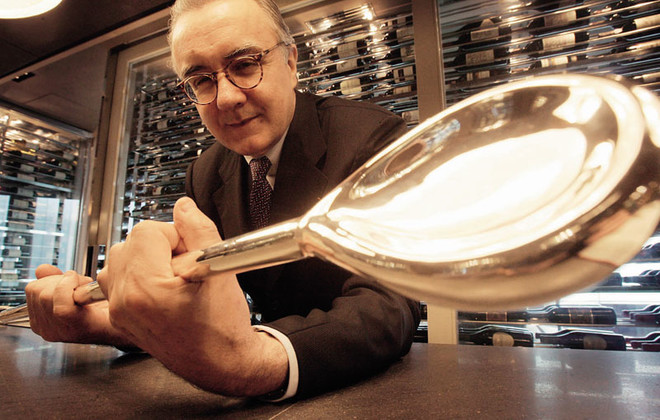 Alain Ducasse
Alain Ducasse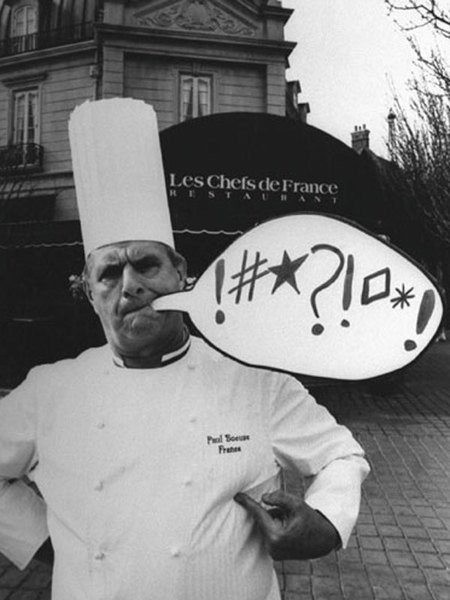 Paul Bocuse
Paul Bocuse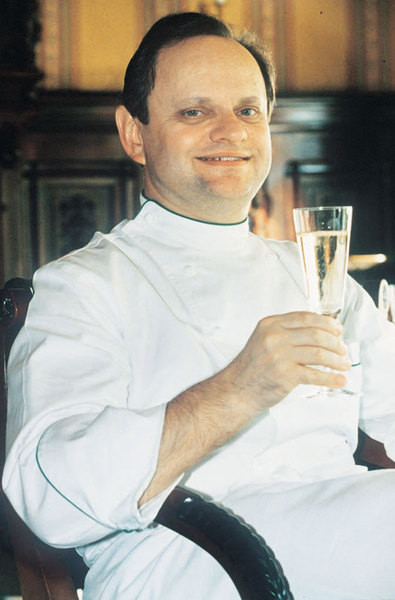 Joel Robuchon
Joel Robuchon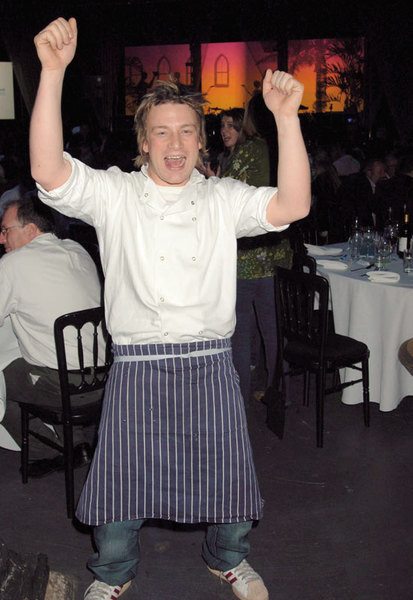 Jamie Oliver
Jamie Oliver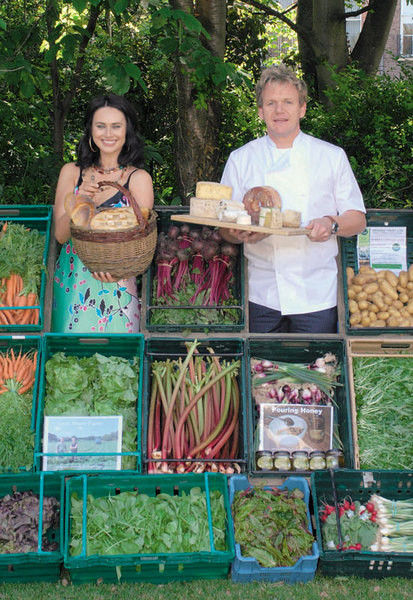 Gordon Ramsay
Gordon Ramsay
Italy. Treasures of agro. Gourmet itinerary in Italy is also different fromordinary tourist. But if in France the main landmarks of the tasty way are vineyards and restaurants, in Italy there are farms and farms that produce cheese, ham, fresh vegetables or new wine. Agritourism in the Apennines is a very popular entertainment. Climbing into the romantic wilderness, tourists lodge on farms, in ancient estates or castles and for a couple of weeks they join the quiet and measured life of local peyzans. They collect artichokes and basil, dry tomatoes, squeeze olive oil, squeeze juice from grapes or pour buffalo milk into molds, destined to become delicate mozzarella buffalo, and in the evening they learn from pasta to cook pasta with pesto or lentil soup. All these simple activities are tiring, but incredibly interesting - there is no better rest for a tired city dweller than a quiet rural existence in some kind of Tuscan manor of aristocrats whose family tree on the tapestry goes into the dusty depths of the ages, and the owners change clothes for dinner. The best gastronomic regions of Italy are Tuscany, Umbria and Piedmont. Most of the pearls are located far from popular tourist destinations, but in some places the path of a tourist following the tips of Lonely Planet and a gourmet guided by the Michelin-style Rouge Guide converge. For example, in Milan, where there are sights at the same time both tasty and historical. These include Hotel Principe di Savoia. An ancient building has seen the most famous guests, including our Vladimir Vladimirovich, in its nearly hundred-year history, and the recently opened restaurant Acanto Milano has already managed to become famous throughout Italy. Lombard dishes are prepared here, and the best recognition of their authenticity is that more than half of the visitors are local. The menu is updated every three months, but it also has eternal values: for example, pasta with shrimps, which Sylvester Stallone regularly flies from overseas. Especially for those who cannot choose what to eat - turbot fish in bacon with lentil salad, ravioli with vegetable puree or baked pork shoulder, there is a tasting menu - small portions and a large assortment. Helps to keep strength for dessert or supplement.
Gourmet itinerary in Italy is also different fromordinary tourist. But if in France the main landmarks of the tasty way are vineyards and restaurants, in Italy there are farms and farms that produce cheese, ham, fresh vegetables or new wine. Agritourism in the Apennines is a very popular entertainment. Climbing into the romantic wilderness, tourists lodge on farms, in ancient estates or castles and for a couple of weeks they join the quiet and measured life of local peyzans. They collect artichokes and basil, dry tomatoes, squeeze olive oil, squeeze juice from grapes or pour buffalo milk into molds, destined to become delicate mozzarella buffalo, and in the evening they learn from pasta to cook pasta with pesto or lentil soup. All these simple activities are tiring, but incredibly interesting - there is no better rest for a tired city dweller than a quiet rural existence in some kind of Tuscan manor of aristocrats whose family tree on the tapestry goes into the dusty depths of the ages, and the owners change clothes for dinner. The best gastronomic regions of Italy are Tuscany, Umbria and Piedmont. Most of the pearls are located far from popular tourist destinations, but in some places the path of a tourist following the tips of Lonely Planet and a gourmet guided by the Michelin-style Rouge Guide converge. For example, in Milan, where there are sights at the same time both tasty and historical. These include Hotel Principe di Savoia. An ancient building has seen the most famous guests, including our Vladimir Vladimirovich, in its nearly hundred-year history, and the recently opened restaurant Acanto Milano has already managed to become famous throughout Italy. Lombard dishes are prepared here, and the best recognition of their authenticity is that more than half of the visitors are local. The menu is updated every three months, but it also has eternal values: for example, pasta with shrimps, which Sylvester Stallone regularly flies from overseas. Especially for those who cannot choose what to eat - turbot fish in bacon with lentil salad, ravioli with vegetable puree or baked pork shoulder, there is a tasting menu - small portions and a large assortment. Helps to keep strength for dessert or supplement.







